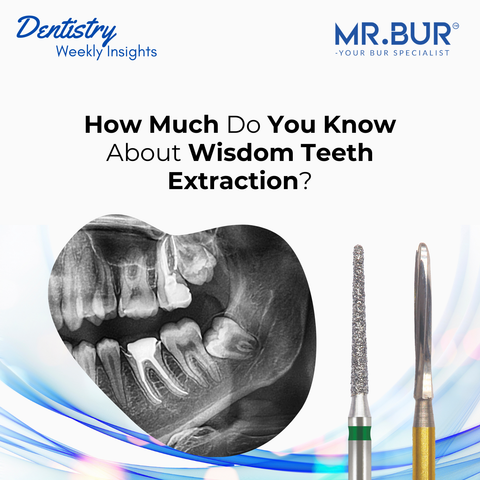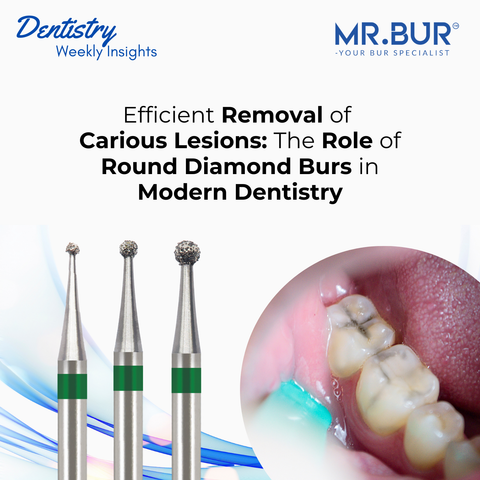Braces removal is a critical final step in orthodontic treatment, requiring precision and care to protect the tooth structure and ensure patient comfort. The process involves several key steps, including detaching the brackets, removing any adhesive residue, and polishing the teeth for a smooth finish. In this article, we will focus on the step-by-step process of removing braces, the specific tools used, and how to manage any remaining gum tissue or adhesive on the tooth surface.
Step-by-Step Process of Removing Braces
Step 1: Loosening and Removing the Brackets
The first step in removing braces is to detach the brackets from the teeth. The orthodontist will use bracket-removing pliers, specially designed to gently grip the bracket and apply pressure. This pressure breaks the bond between the adhesive and the enamel, allowing the bracket to be removed without damaging the tooth.
- Tools Used: Bracket-removing pliers.
- Technique: The pliers are placed at the base of the bracket, and a gentle squeezing motion is used to loosen the bracket from the tooth. This process is repeated for each bracket.
Step 2: Removing the Bands and Wires
After the brackets are removed, any remaining bands (used in some braces cases) and wires are also taken out. This is a relatively simple process, as the wires are typically held in place with elastics or clips that are easy to remove.
- Tools Used: Band-removing pliers for bands, and wire cutters for any remaining wires.
- Technique: Bands are gently lifted off the molars with the pliers, while the wires are removed by cutting and sliding them out.
Step 3: Removing Adhesive from the Tooth Surface
Once the brackets and bands have been successfully removed, a layer of adhesive is typically left on the tooth’s surface. It is crucial to remove this adhesive thoroughly while ensuring no damage is caused to the underlying enamel.
- Tools Used: Mr. Bur Finishing Taper Round End Tungsten Carbide bur is initially used to efficiently remove the bulk of the adhesive, while Mr. Bur Finishing Tungsten Carbide Debonding Bur 9406 is employed afterward for precise removal of smaller, more stubborn adhesive spots.
- Technique: Initial Adhesive Removal: Mr. Bur Finishing Taper Round End Tungsten Carbide bur is applied using a light, sweeping motion across the tooth surface. Its rounded end ensures a smooth, precise finish without cutting into the enamel, while its tapered shape allows better access around tooth contours. This step removes the bulk of the adhesive, especially larger areas, with controlled precision.
Final Adhesive Polishing: After the bulk removal, Mr. Bur Finishing Tungsten Carbide Debonding Bur 9406 is used for more detailed adhesive removal, focusing on the finer, more difficult-to-reach areas where remnants may linger. This bur is designed to provide finer finishing, ensuring that no adhesive remains, and it helps create a smooth tooth surface. Mr. Bur Finishing Carbide Debonding Dental Bur 9406 ensures minimal risk of damage to the enamel.
Step 4: Polishing and Smoothing the Teeth
After the adhesive has been removed, the final step is polishing the teeth to restore their natural smoothness. This process ensures that any residual rough spots are smoothed out, leaving the teeth looking and feeling polished and natural.
- Tools Used: Mr. Bur Diamond Disc-shaped Polisher is used to gently polish the teeth, providing an even, smooth finish. Its fine diamond surface ensures optimal enamel preservation while achieving a high-gloss finish.
- Technique: Mr. Bur Diamond Disc-shaped Polisher is applied with a circular motion to each tooth surface, using light pressure to ensure a smooth finish without removing excessive enamel. The fine diamond grit effectively removes any remaining surface roughness or adhesive traces. As a final touch, a low-abrasive polishing paste may be used in combination with the disc polisher to further enhance the tooth’s smoothness and shine. Continuous water irrigation is recommended during this step to keep the tooth surface cool and ensure maximum comfort for the patient.
Managing Remaining Gum Tissue or Irritation
During the braces removal process, it’s common for patients to experience mild gum irritation, especially if plaque has accumulated near the gumline during orthodontic treatment. Any inflamed or overgrown gum tissue can be addressed after the braces are removed.
Gum Treatment Options:
- Gingival contouring: In cases of severe gum overgrowth, a soft tissue laser or scalpel can be used to trim excess gum tissue.
- Cleaning: After braces removal, a thorough professional cleaning will help reduce inflammation and remove plaque buildup near the gumline.
Post-Removal Oral Health Assessment
After removing the braces and polishing the teeth, it is essential to conduct a thorough oral health assessment to check for any enamel demineralization, tooth decay, or gum issues that may have occurred during the orthodontic treatment. This allows the orthodontist to provide immediate care if necessary.
- Enamel Demineralization: Check for white spots, which could indicate the early stages of tooth decay. Remineralization treatments (like fluoride varnishes or sealants) may be recommended.
- Plaque Control: Ensure the patient understands the importance of plaque control now that the braces are off, which may have been challenging during treatment.
Post-Braces Care
Once the braces have been removed and the teeth polished, the final step is to ensure the patient’s teeth remain in their corrected position. Retainers will be fitted to prevent teeth from shifting back to their original positions.
Key Takeaways
The braces removal process is a delicate and important step in orthodontic care that involves careful removal of the brackets, adhesive, and thorough polishing of the teeth to restore their natural smoothness. Using the right tools, such as Mr. Bur Finishing Taper Round End Carbide bur and Mr. Bur Finishing Carbide Debonding Bur 9406, ensures minimal damage to the enamel and provides a polished finish. After removal, assessing the patient's oral health for any demineralization or gum issues is crucial, followed by fitting retainers to maintain the corrected tooth alignment. Proper execution of these steps ensures patient satisfaction and the long-term success of their orthodontic treatment.
MR. BUR US we provide a wide range of dental burs selection in global.
Recommended for You:
Top 8 Reason Why Do Most People Choose Invisalign Over Traditional Braces Despite the Higher Cost?
Diamond Burs, Carbide Burs, Surgical & Lab Use Burs, Endodontic burs, IPR Kit, Crown Cutting Kit, Gingivectomy Kit, Root Planning Kit, Composite Polishers, High Speed Burs, Low Speed Burs
Subscribe our newsletter now!






